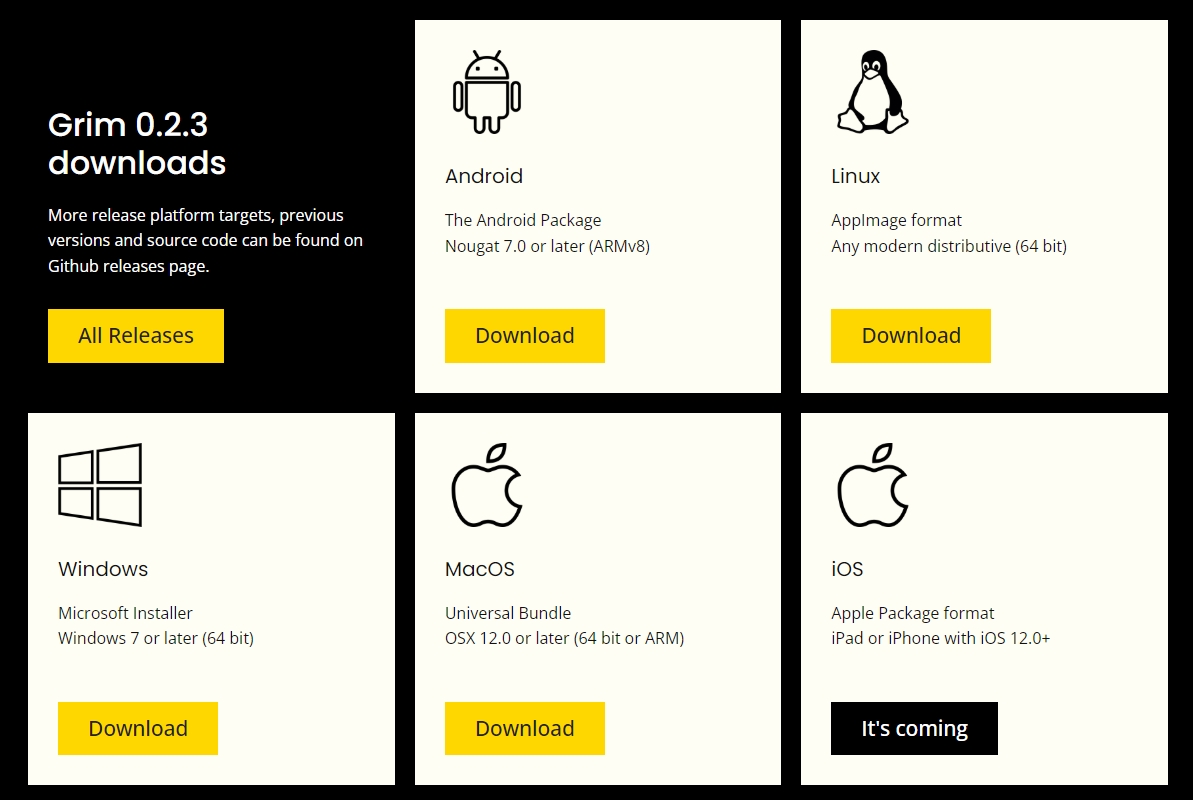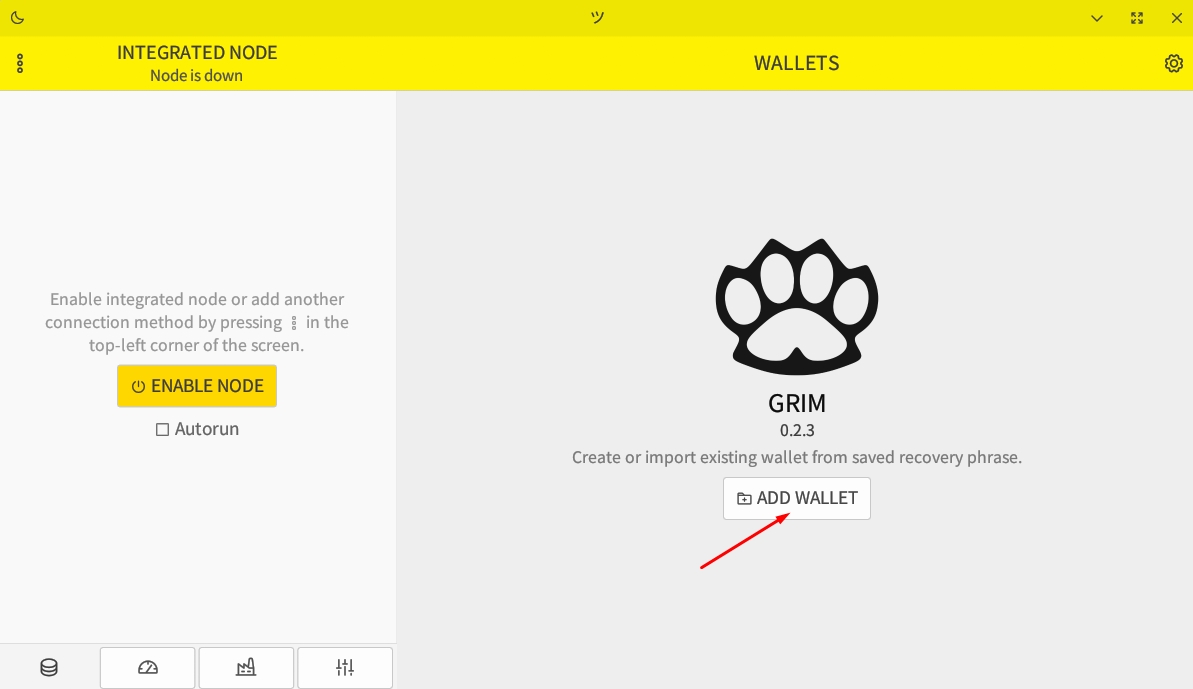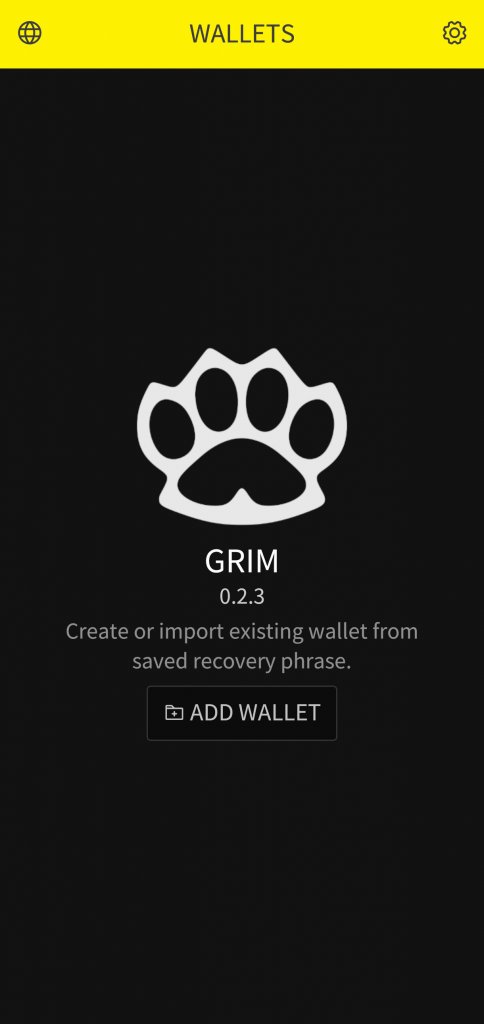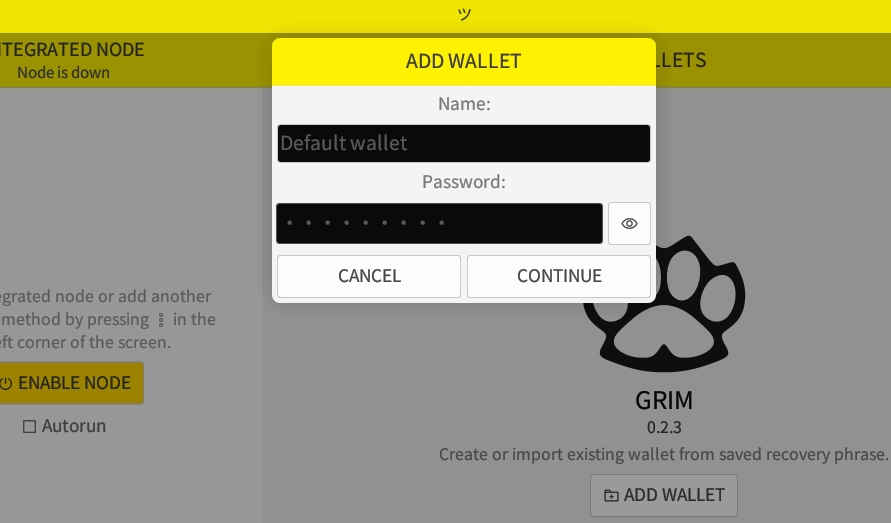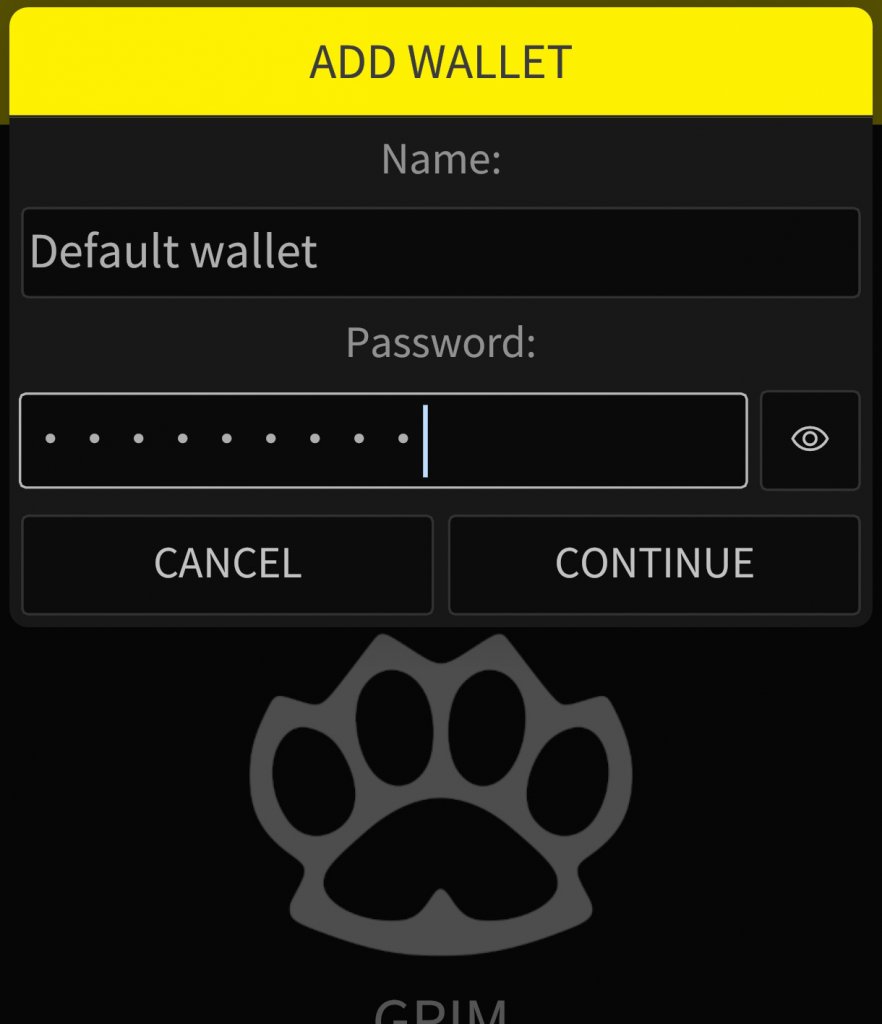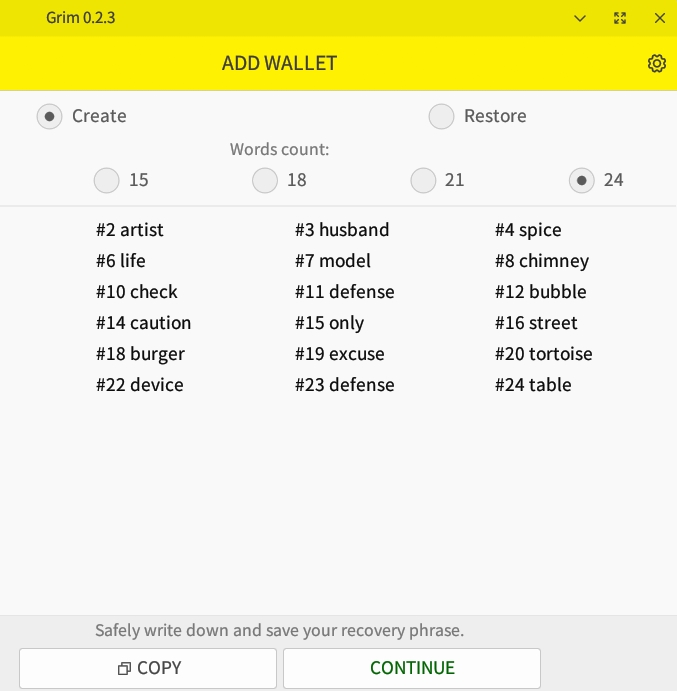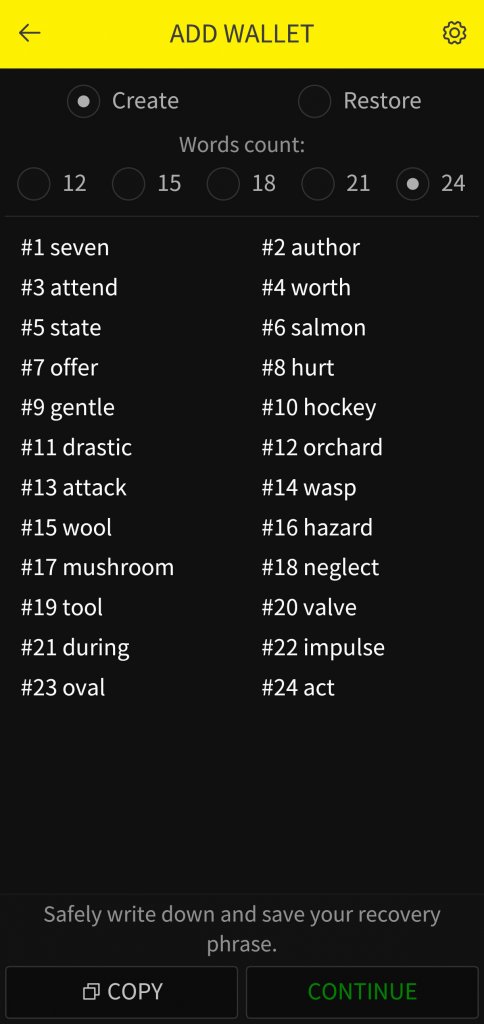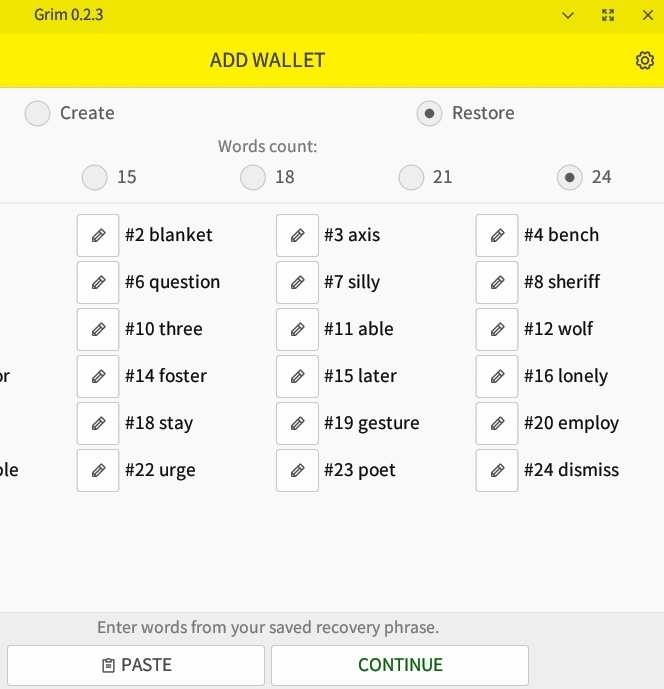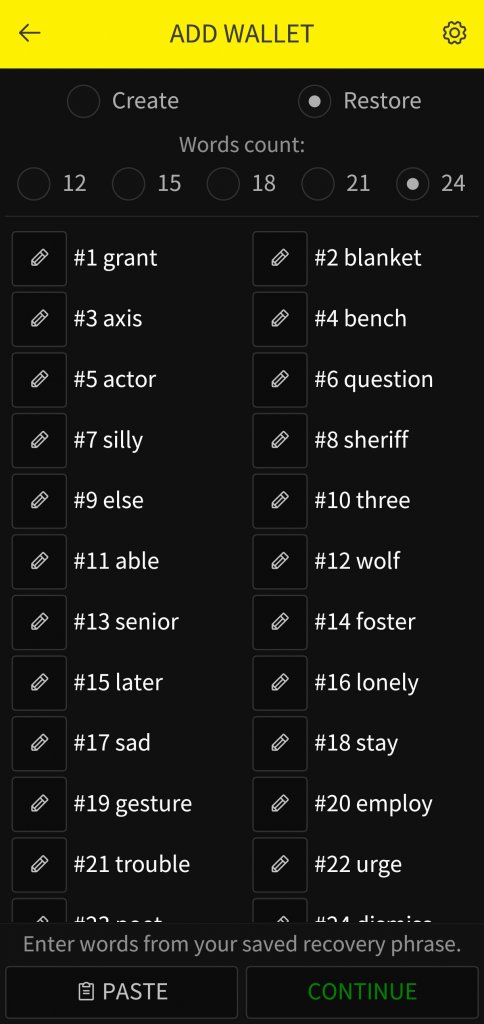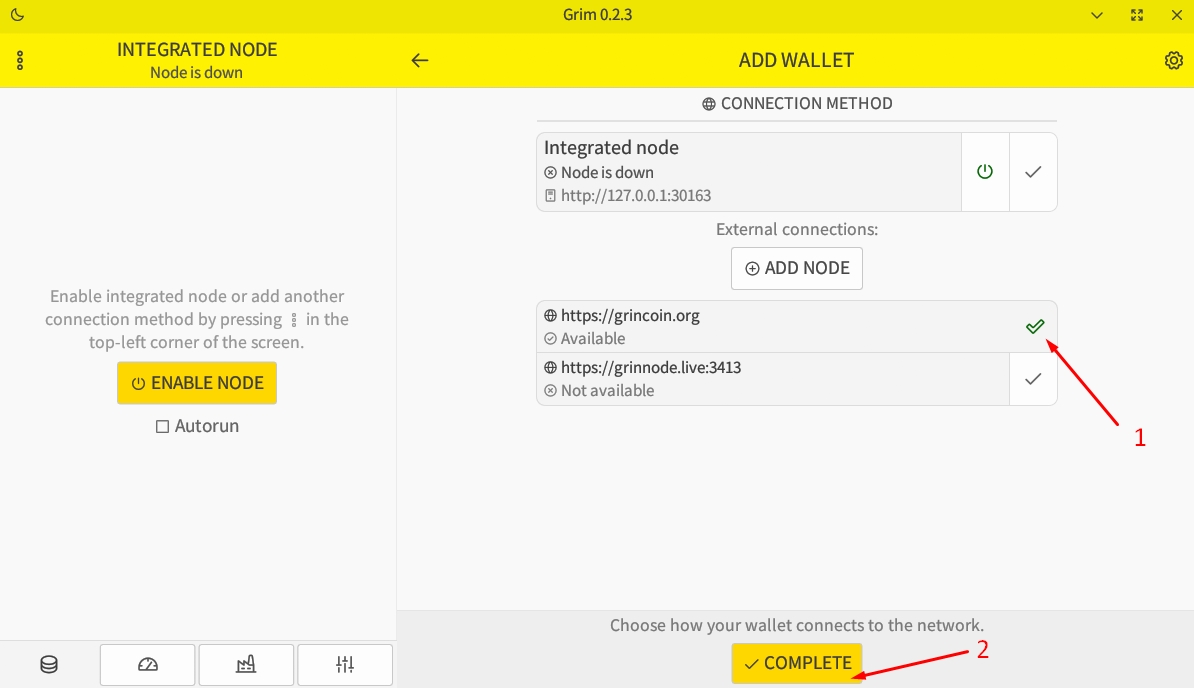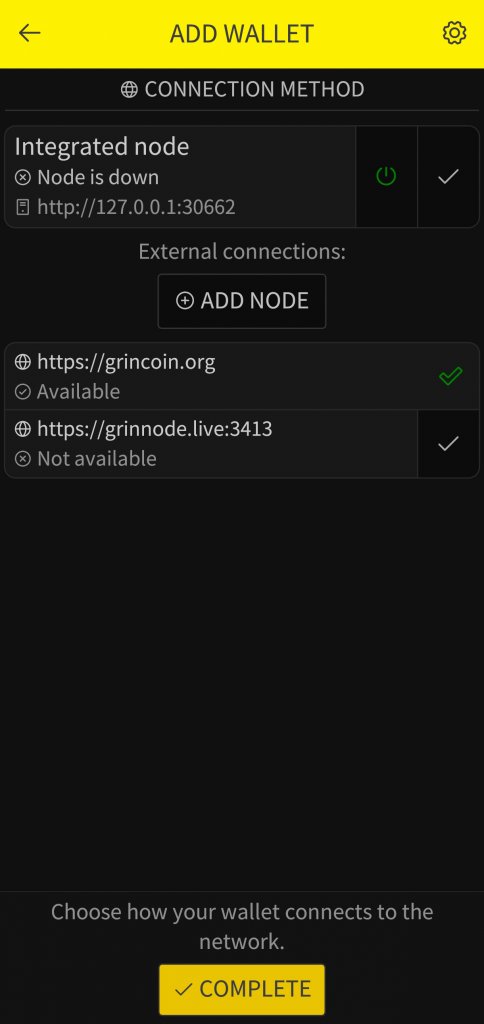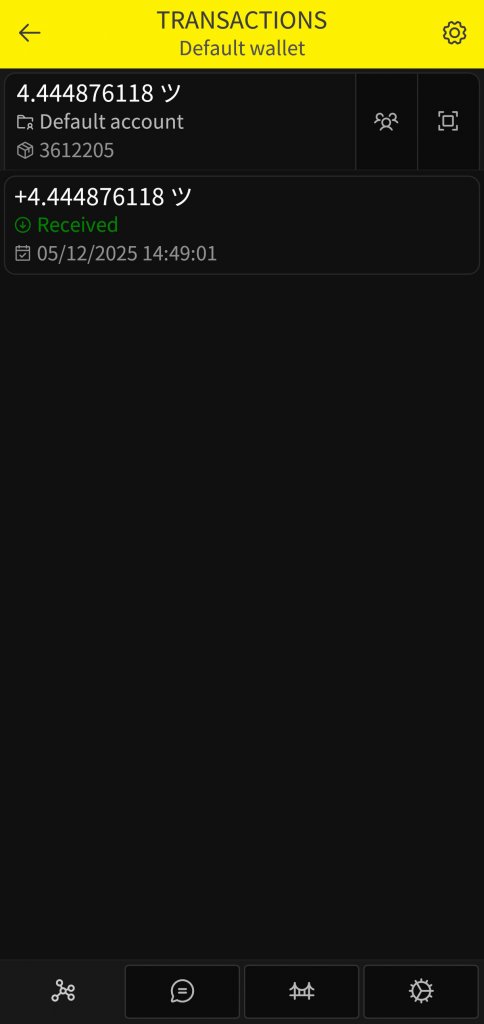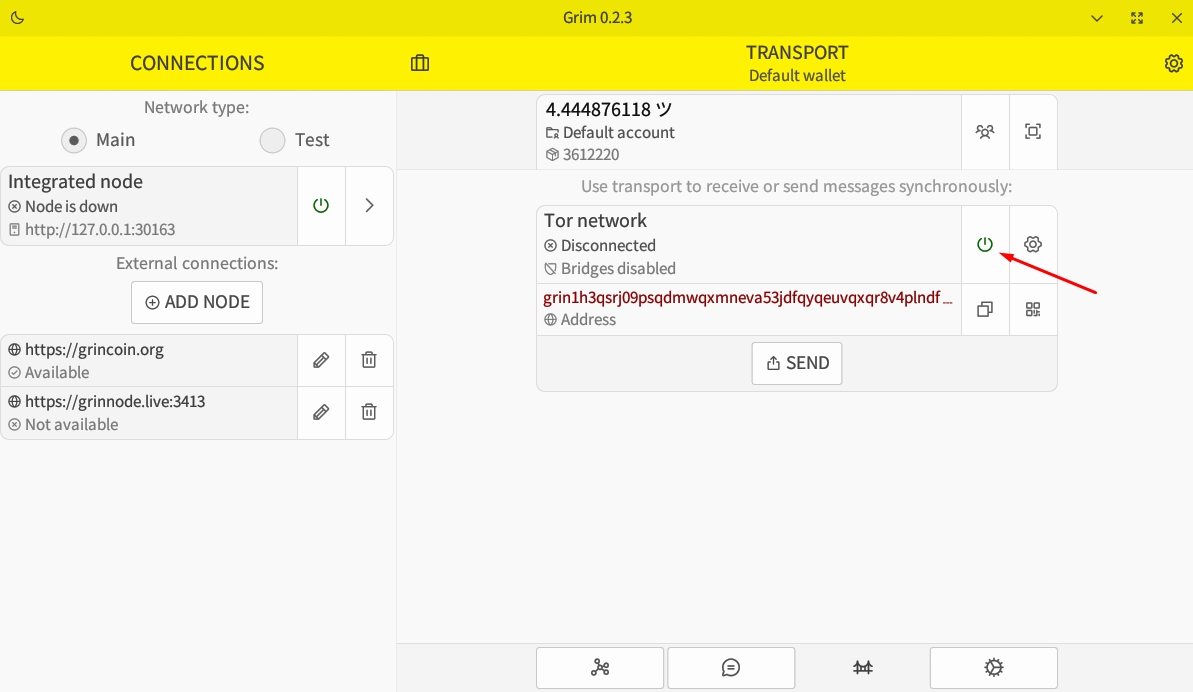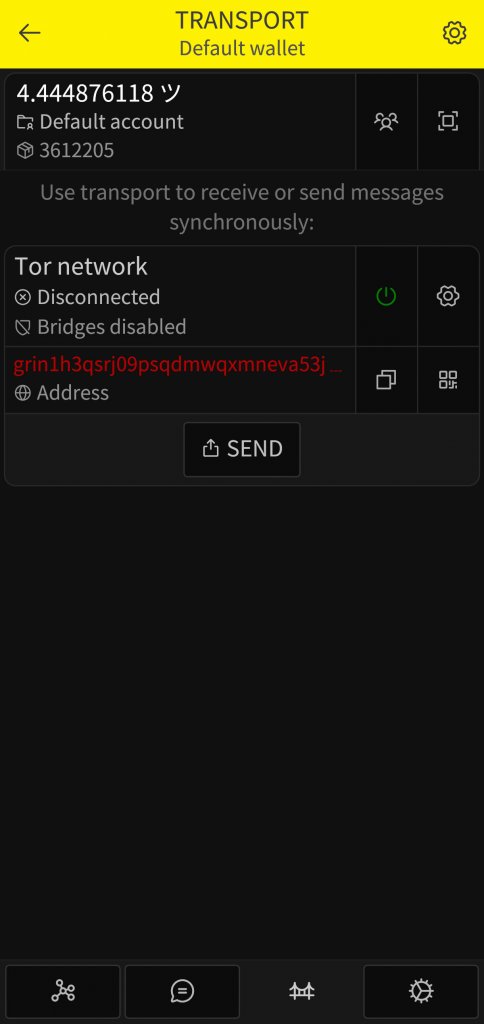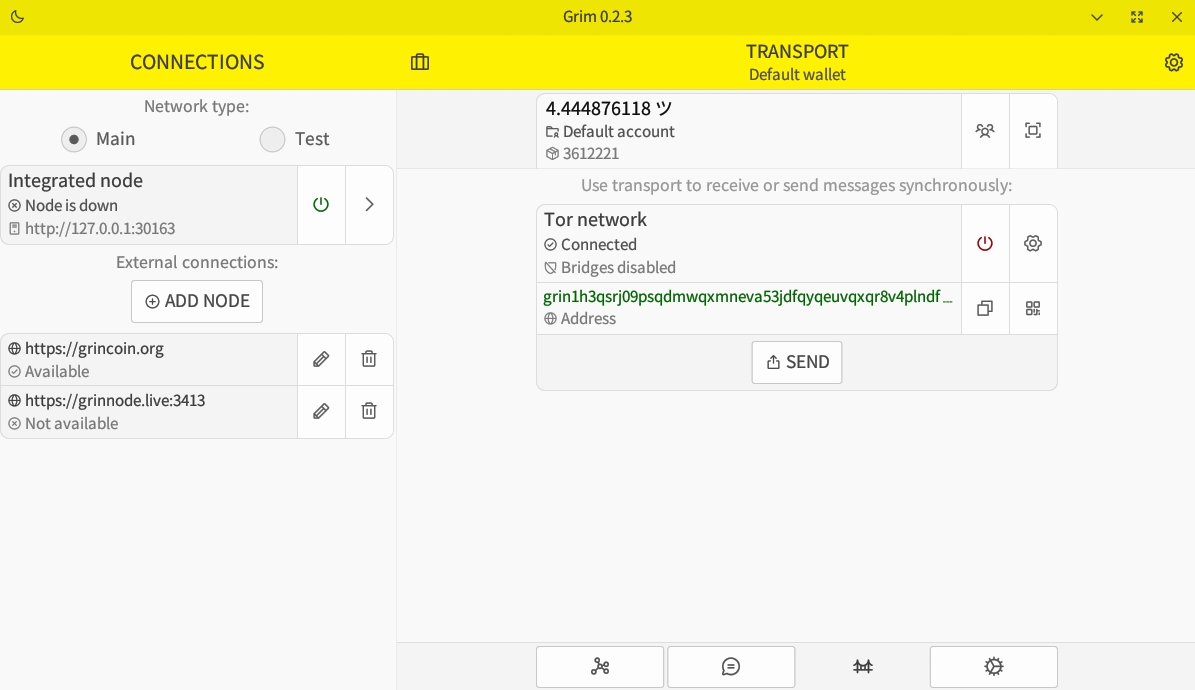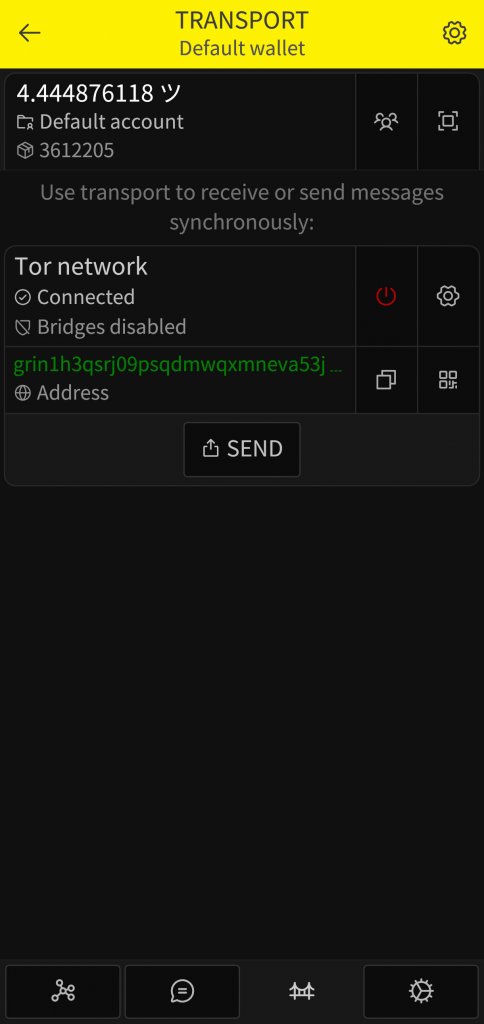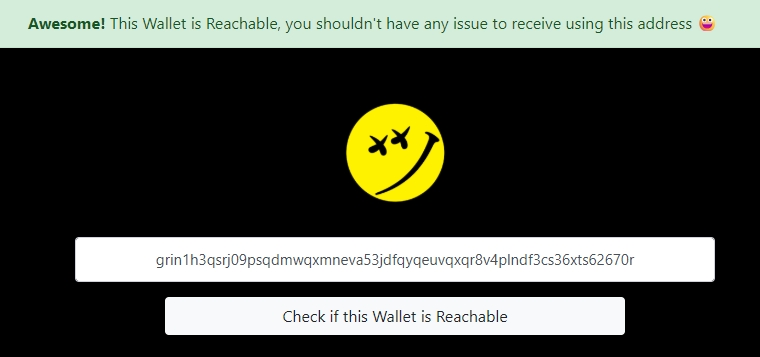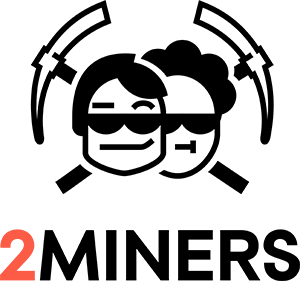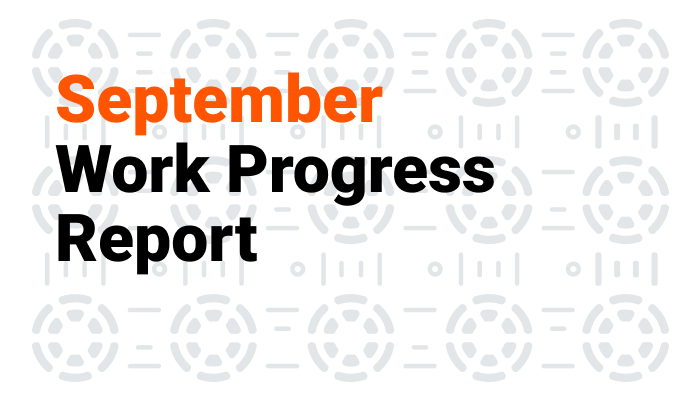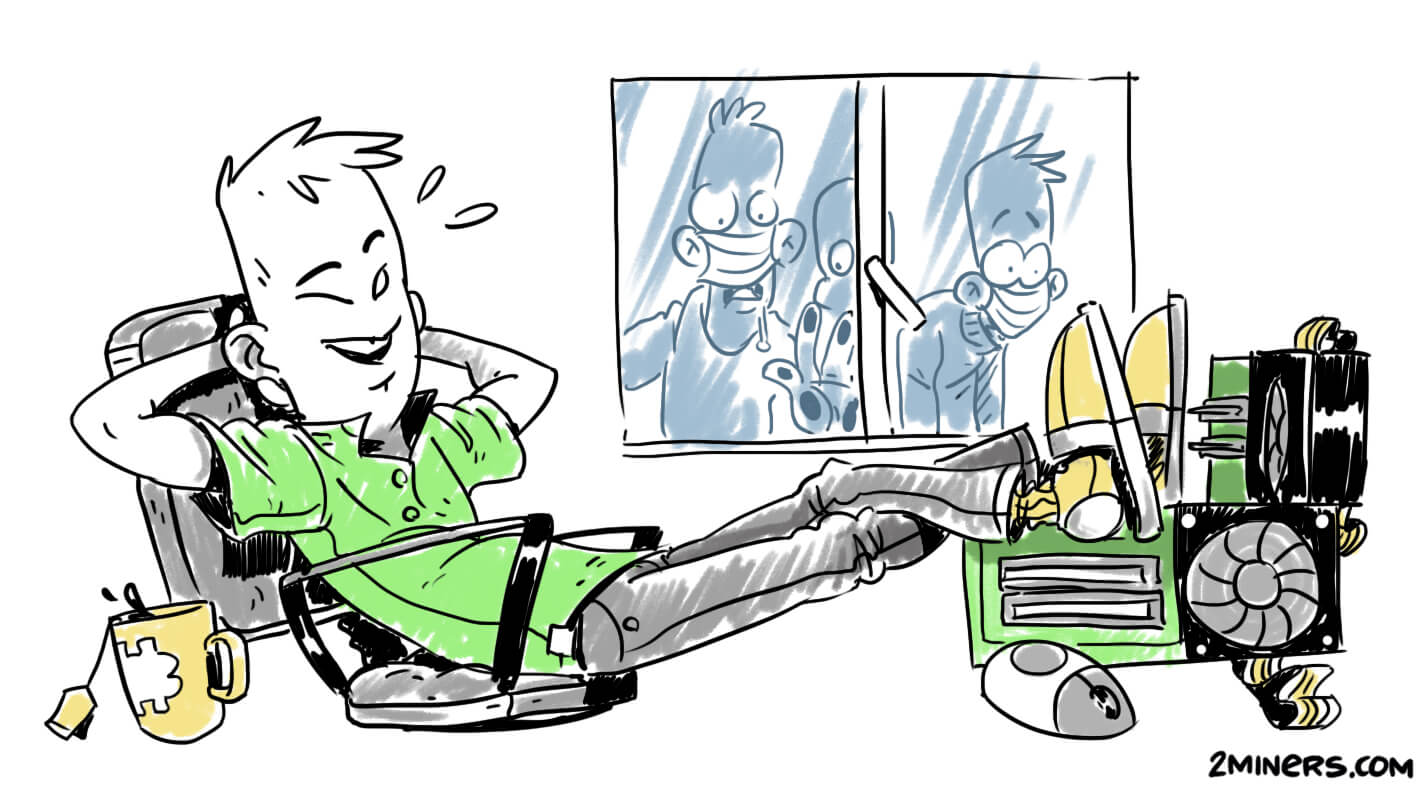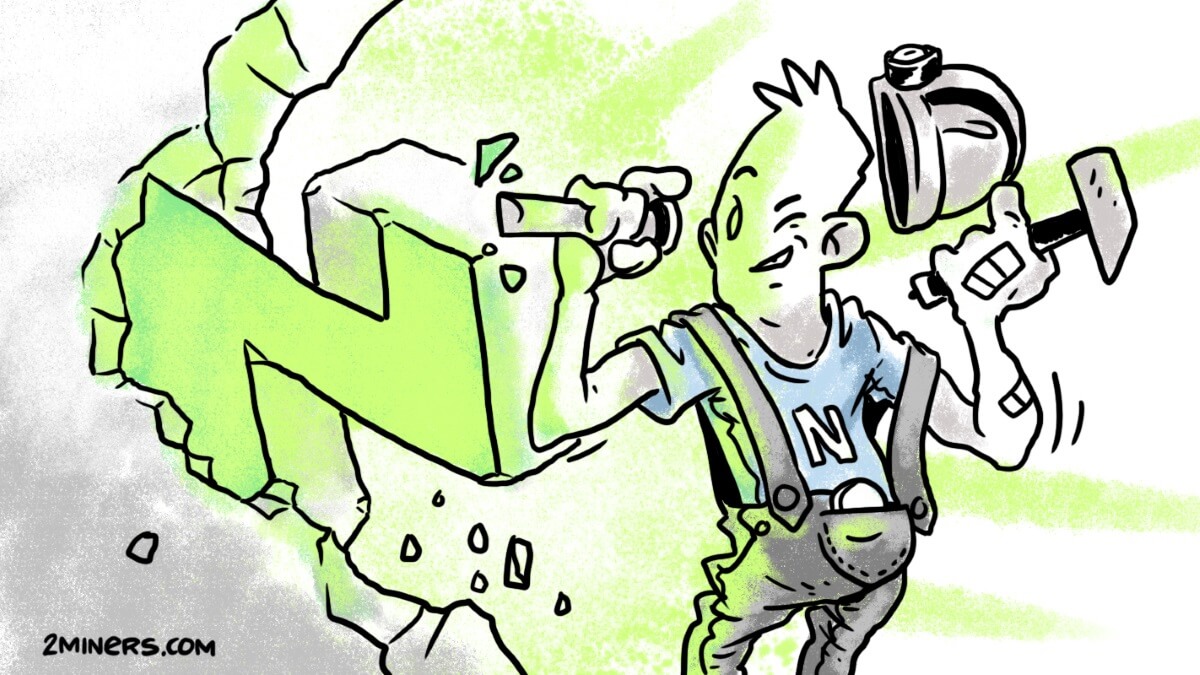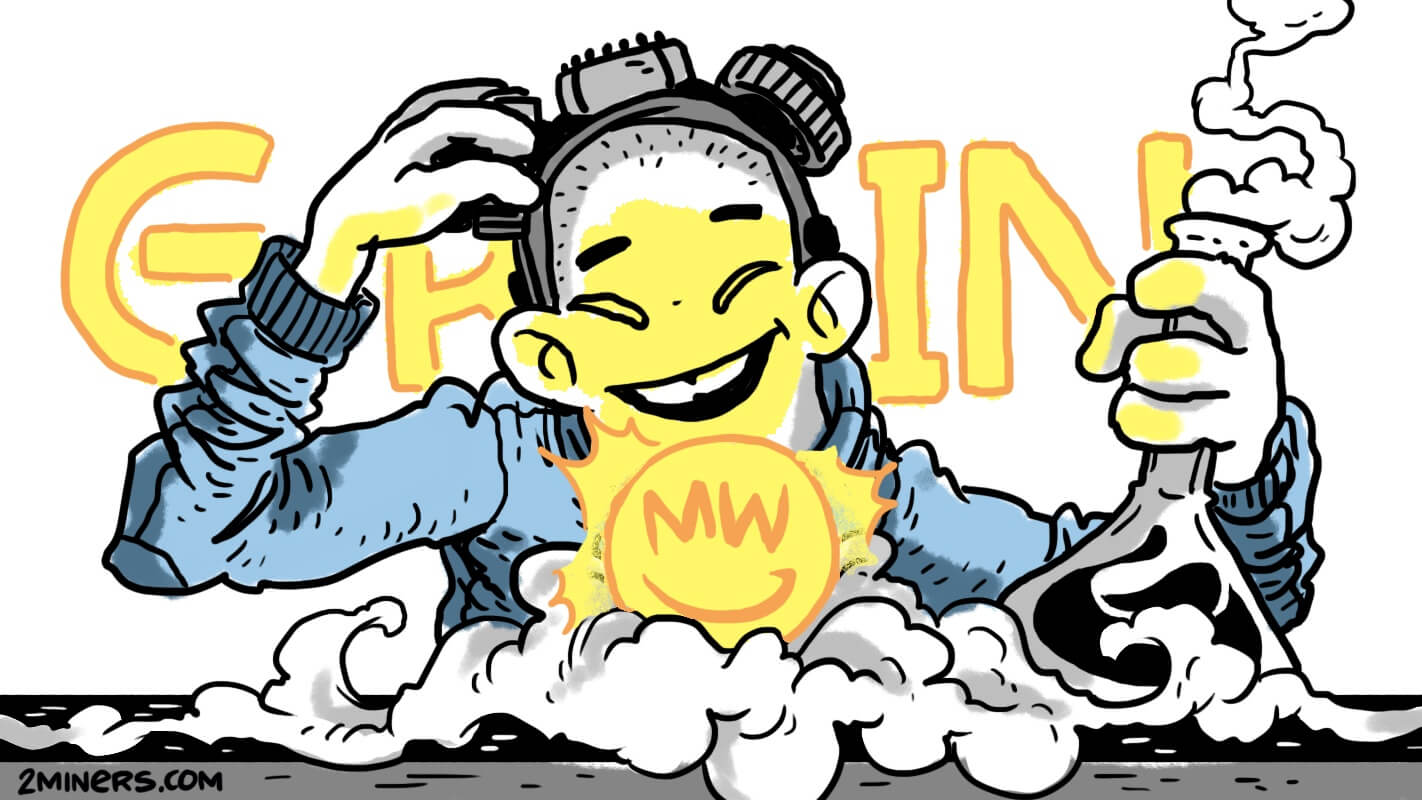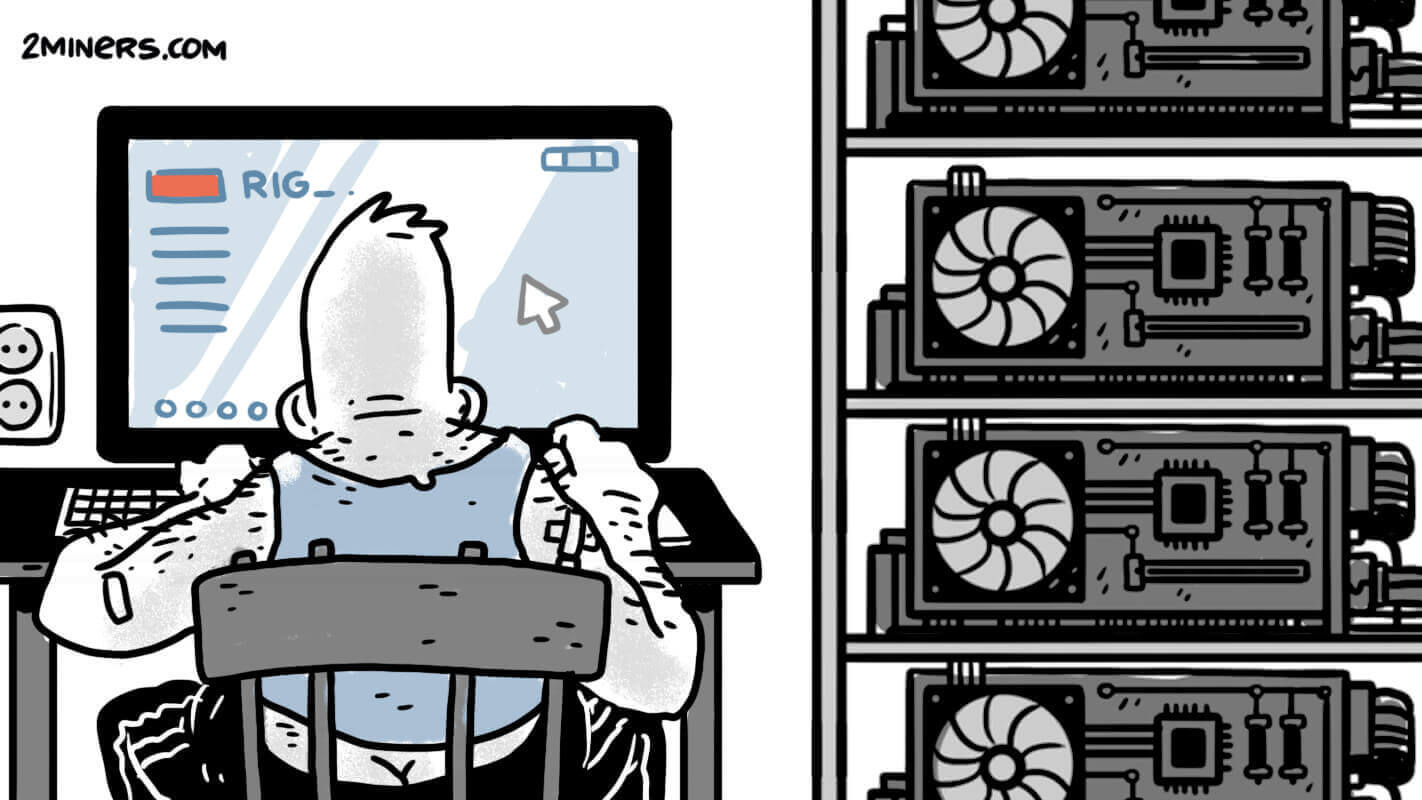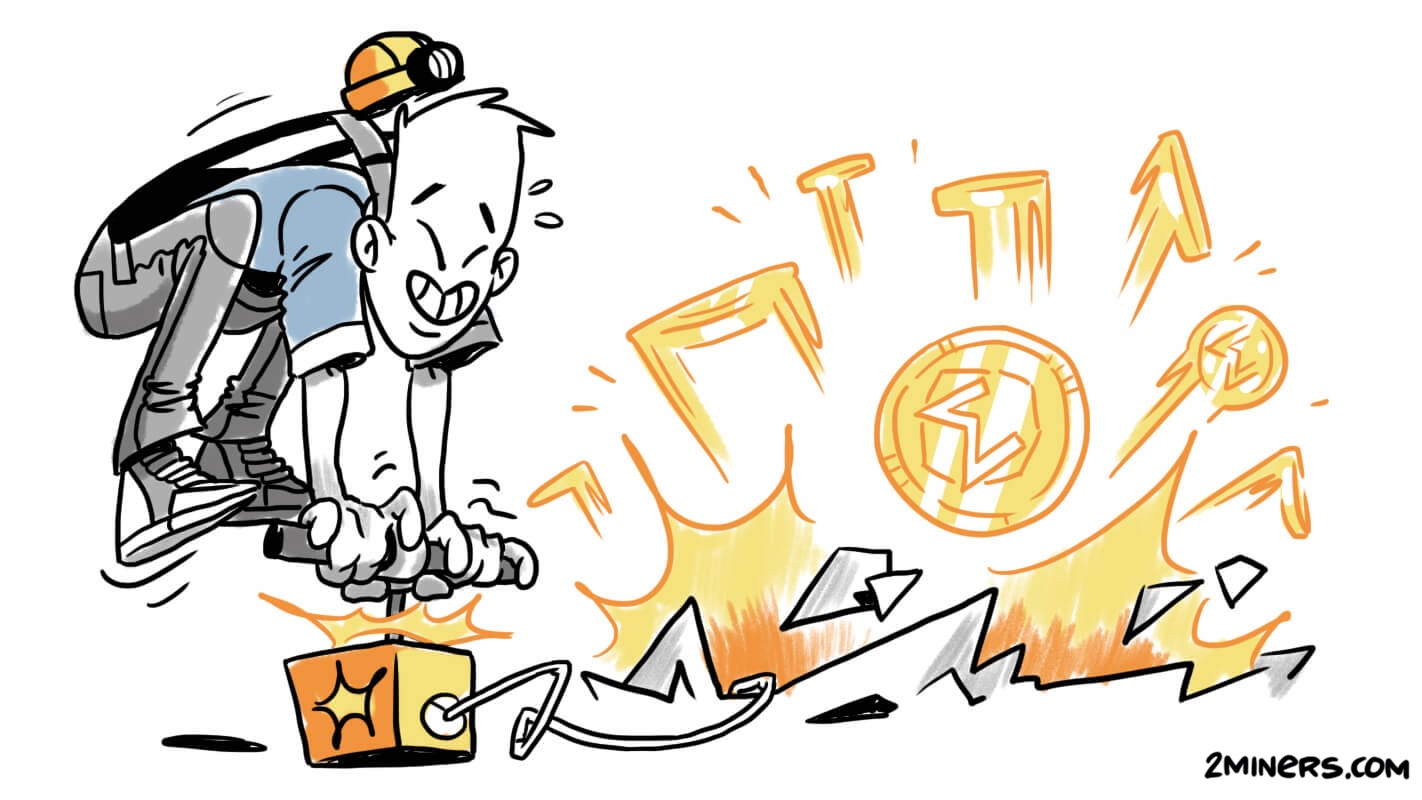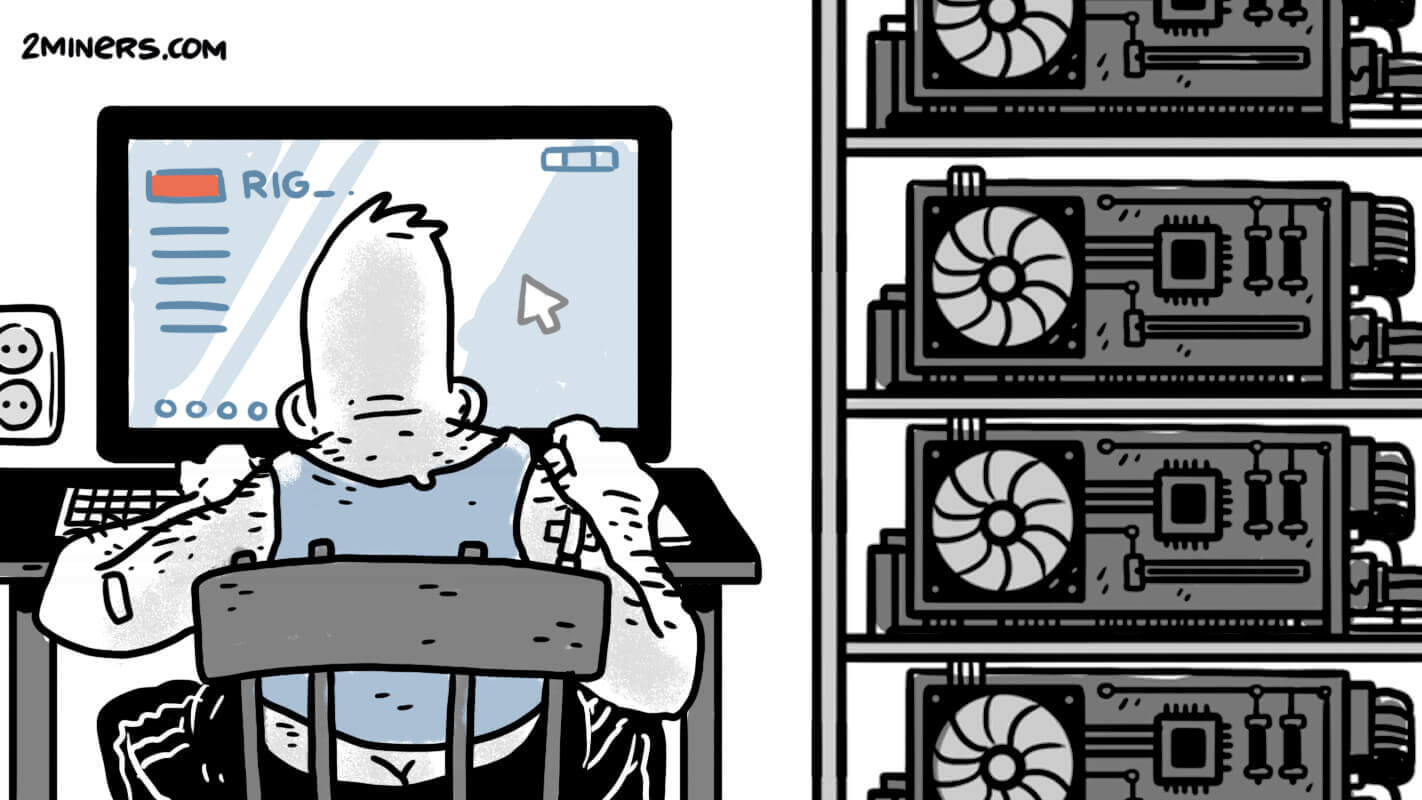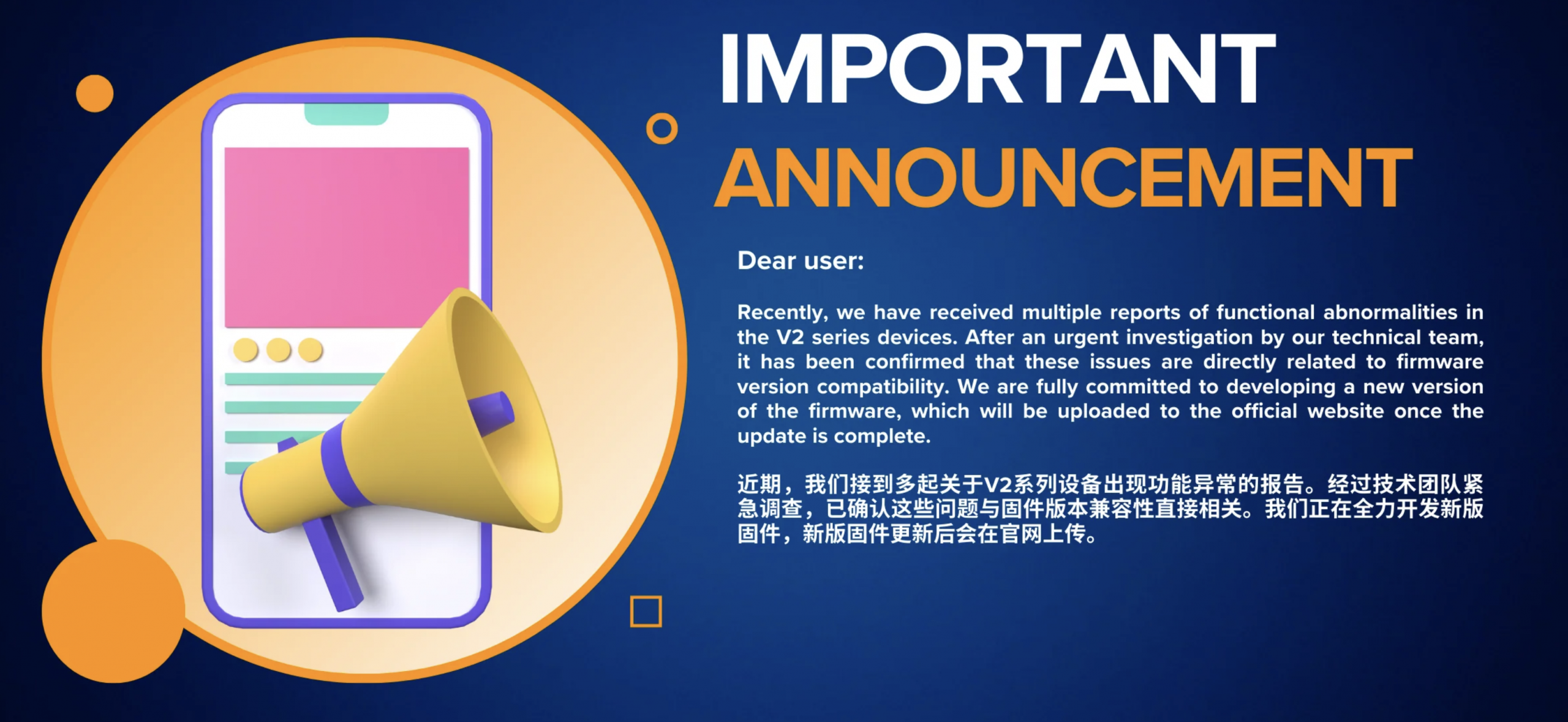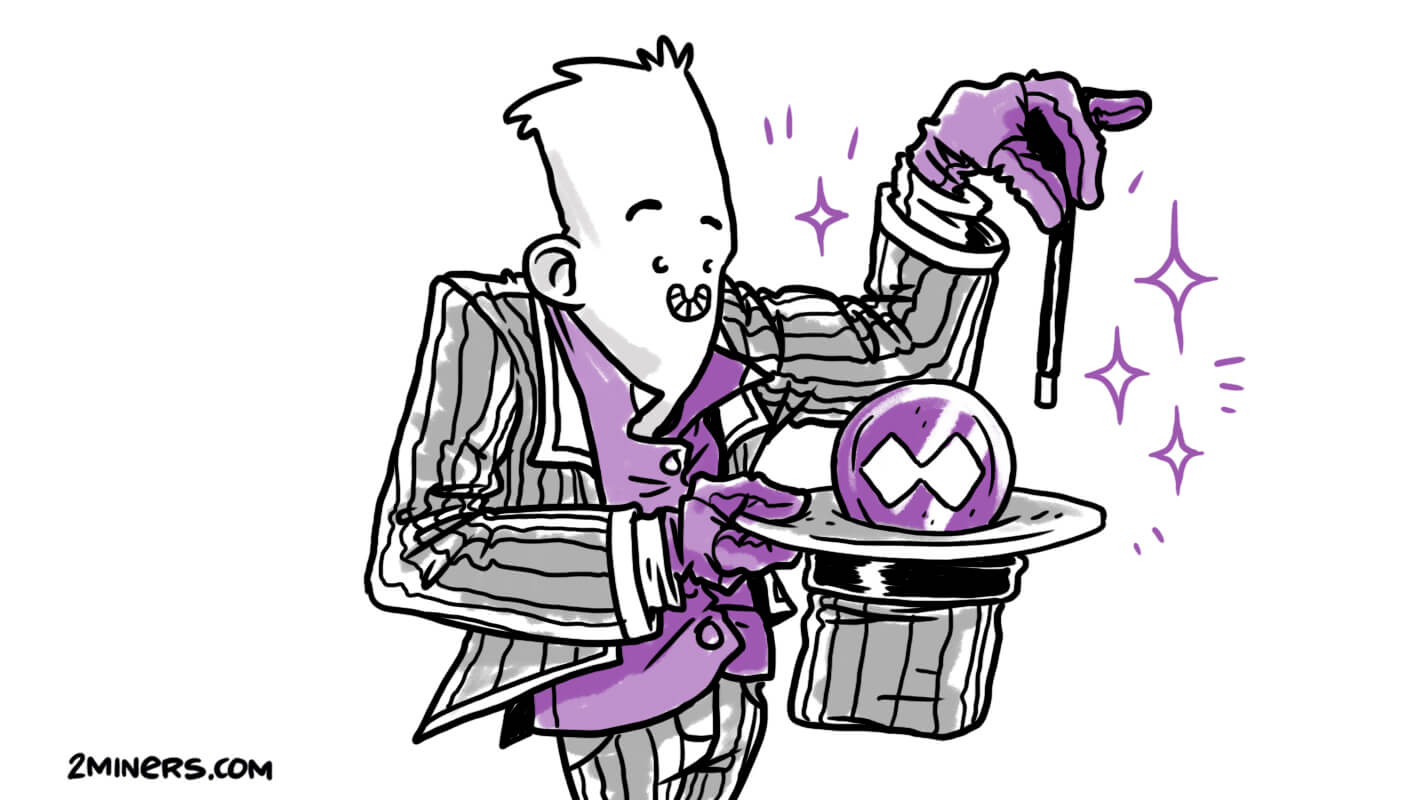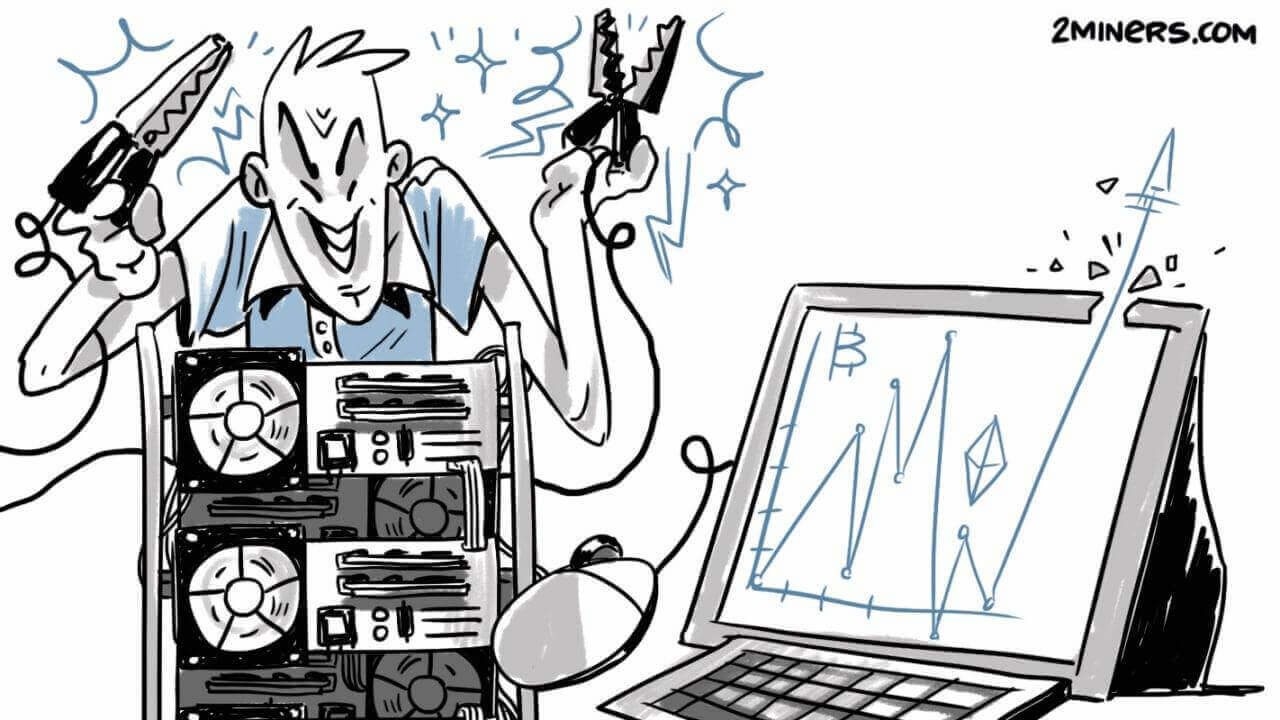Setting up the GRIM wallet for Grin cryptocurrency
Transactions on the GRIN blockchain are of the P2P or peer-to-peer type; you can read more about this in this article on the GRIN wiki. Therefore, if your wallet is unavailable, the pool cannot send the payout.
Wallet availability can be checked using this tool. If your wallet is currently unavailable, the following message will appear:
The window of a normally functioning Grin++ wallet, ready to accept an incoming transaction, looks as follows:
- in the bottom left corner of the wallet window, the internal node status must be “Running”;
- the wallet must have incoming peers (indicated in the bottom right corner of the wallet window).
Also, the tor.exe process must have incoming and outgoing traffic.
If you are unable to configure the Grin++ wallet to receive payouts from the pool, we recommend using the GRIM wallet. To download the wallet, go to the “Downloads” section and select the version for your operating system:
Next, run the downloaded file and follow the installer’s instructions.
Launch the GRIM wallet. To create a new wallet or restore an existing one from a saved seed phrase, click the “Add Wallet” button.
In the mobile version, it looks like this.
Next, enter a name for the wallet, create a password, and click “Continue”.
In the mobile version:
To create a new wallet, select the “Create” option, write down your seed phrase, and click “Continue”:
In the mobile version:
To restore an existing wallet from a saved seed phrase, select the “Restore” option, enter the seed phrase, and click “Continue”.
In the mobile version, the process is as follows:
If you used a seed phrase from the Grin++ wallet, your address in the GRIM wallet will match the address in the Grin++ wallet.
Next, you need to choose how to connect your wallet to the network. We recommend choosing the external connection grincoin.org:
In the mobile version:
Wait for the wallet to load and go to the “Transport” tab:
In the mobile version:
In the “Transport” tab, you must enable Tor and wait for the connection:
In the mobile version:
After Tor connects, its status will change to “Connected”, and your address will be highlighted in green:
In the mobile version:
This completes the setup of the GRIM wallet for receiving GRIN payouts from the pool. Your address is now available to receive payouts. We check the availability of your wallet using this tool and see the following message:
Do not close or change your wallet settings until the payout has been received. Typically, a new payout round for the GRIN pool begins every 6 hours.

